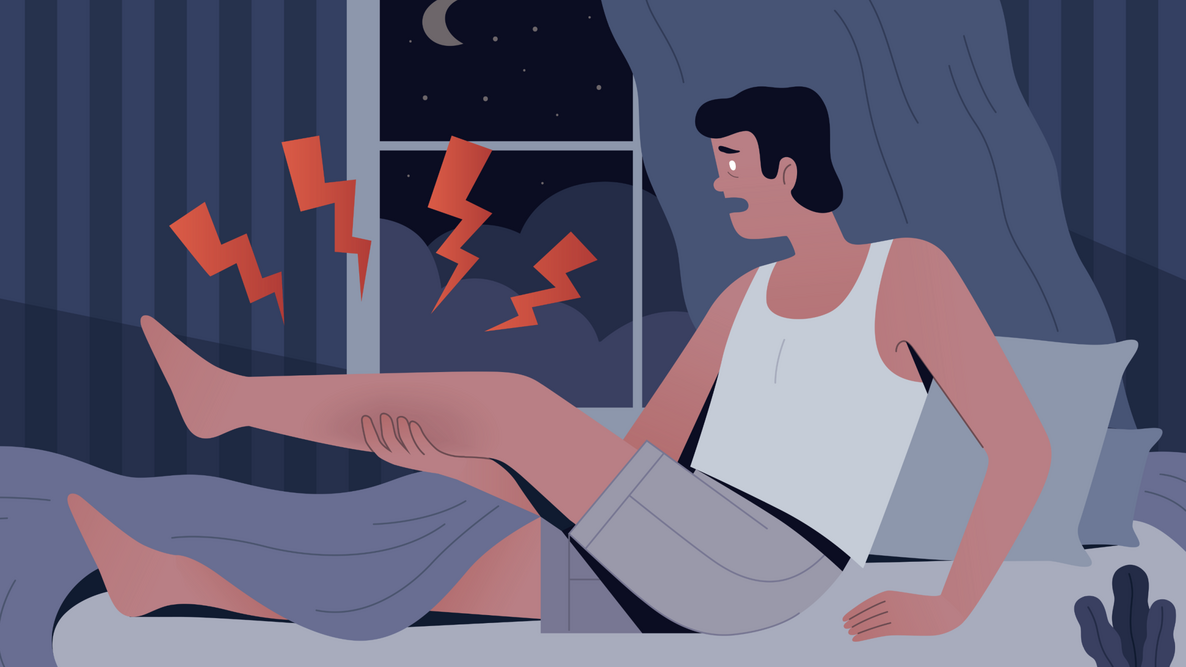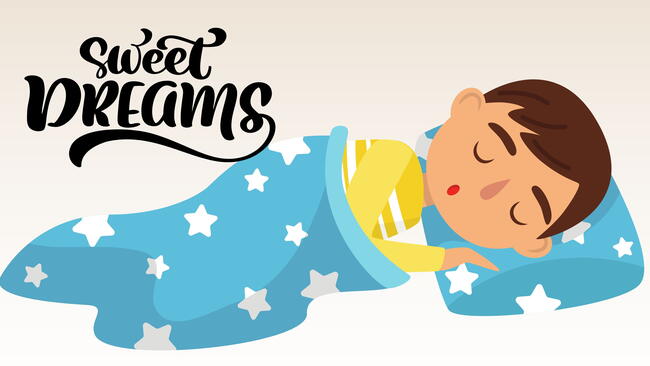
Photo Credit
Oqvector/Shutterstock
Subhead
Charley Horse Causes and Remedies
Had foot cramps at work. type you stand weighting foot 20 minutes or so to stop them. Often gut feels like need to get to bathroom but can't move till cramp eases up. Then slowly move without flexing feet. Went to ER once, no cause other than slightly low in magnesium. had numerous tests trying to find cause. My dad had first one at age 8. Nov 13 2022, went to ER, sore back, violent coughing, hyper ventilating, arms flailing uncontrollably, not low sugar it was 200. Hubby checked blood pressure and oxygen, normal. BPM 122! wow off to ER. At 117 BPM at ER. Had chest x-ray, ultrasound of arms, legs and lungs and heart. Put on heprin and Benadryl (allergy to iodine). Next day surgery to remove large clot from aorta. It came from under left leg, half of large clot broke off to right lung, coughed out to below lungs and heart, an acute saddl-cor pulmonary embolism, removed and put on Xarelto. (strong blood thinner). Test showed I have Factor 5 Leiden gene, which causes abnormal formation of clots. No more foot cramps, after several years unable to sleep lying down as foot cramps occurred quickly and sleeping upright on sofa feet firmly on floor, I can sleep in bed again. Thought swollen legs around ankle and feet was from upright sleeping (which by the way is #1 worst position to avoid clots), number 2 is sleeping on back. Wish I had known to seek out deep vein thrombosis DR. It took a team of 4 Drs to do the surgery, so mine was done on the 14th. See Dr noted or cardiologist. They also questioned me being on hormone use, highly associated with clots.
I have been plagued with leg cramps since I was a little girl. At summer camp I was afraid to go kayaking as I worried that I would get a cramps. They have ruined and interfered with a lot of activities while growing up and into adult hood.
I even went to physical therapy for them. Nothing helped.
Finally. after 60 years, a doctor realized that the tendons in my legs are shorter than they are supposed to be! Thats what's causing it.
Unfortunately, there is no cure. But at least I have answer.
If I don't drink at least one bottle of gatorade a day, I can expect leg cramps that night. This home cure will stop the cramps usually within a minute sometimes two. Dill pickle juice..!! When I cramp, I hobble to the fridge, guzzle down a pint of pickle juice. (available from Amazon) The cramp is usually gone and
I walk out of the kitchen crampless.
I’m shocked at the lack of information about leg cramps. It’s a crime that the medical industry hasn’t a clue. Magnesium deficiency is the cause and magnesium supplements (magnesium glycinate) as well as topical use of magnesium chloride (a few Tablespoons crystals dissolved in a cup of H2O then put feet in this and let the bottom of the feet absorb the magnesium). Your leg cramps will be gone in moments. You can apply directly to the calf also. You may soak the entire body for an overall relaxation treatment. Magnesium relaxes muscles. Why are doctors so clueless about this painful problem? I take 3-4 types of magnesium every day because my body (kidneys) “dump” magnesium. If you don’t have enough magnesium you will have kidney problems. Take it from me. I’ve managed to stay off dialysis. Most of our foods are very much lacking minerals so trying to supplement with just foods may not be sufficient for those with serious deficiencies. I had world-class leg cramps at night. Very painful. My best to everyone.
Eat a spoon of mustard with a glass of water. If cramps continue, repeat. Cramps usually subside by the time you are back in bed.
Any particular kind (yellow, spicy) mustard?
thanks
Agreed. My mom taught me that trick and it does work!
I find the best relief for leg or foot cramps at night and especially if they happen while sleeping is too get up and stretch or just walk to loosen the muscle and get some blood flow going again sometimes it hurts terribly but after a few seconds I start to feel the pain go away. I also ensure that I am properly hydrated and drink as much water as possible the colder the better. I also have a glass or two of water once the pain stops This works for me all the time.
After a hard ride on my road bike I can usually count on leg cramps at night in bed. My go to solution to be rid of the cramps is 2 teaspoons of French's "CLASSIC YELLOW" prepared mustard, at the onset of the cramps. It works for me like a charm but is has to be the "CLASSIC YELLOW" style. Cheers, Brian from Vancouver
Try an ounce or so of vinegar “with the Mother” diluted with water. It takes the cramp away very quickly. My husband had terrible night cramps and we kept it nearby at night. It always worked!
- « Previous
- 1
- 2
- …
- 10
- Next »









Comments